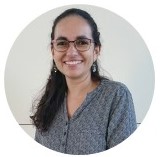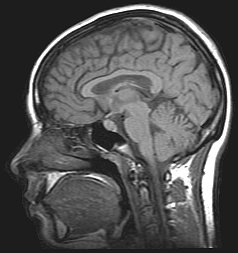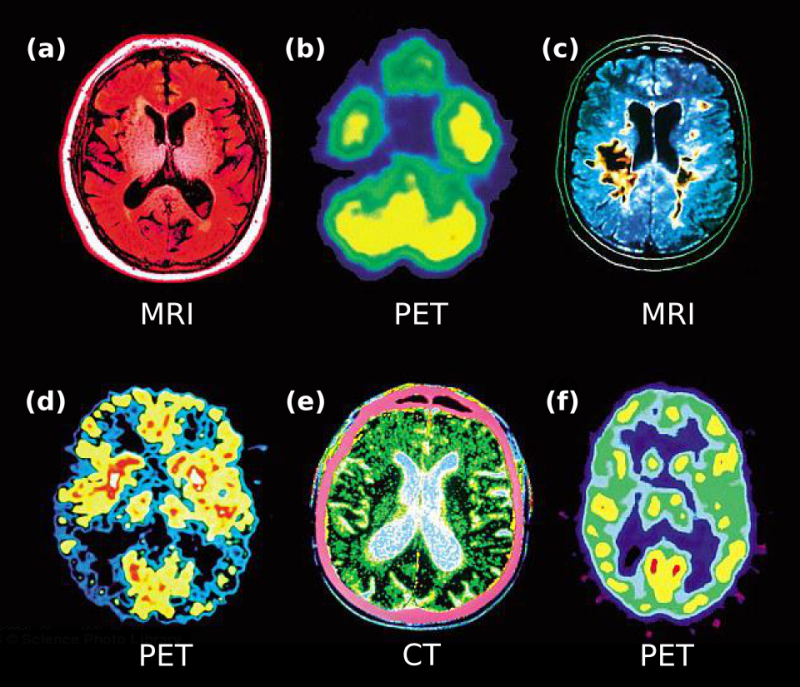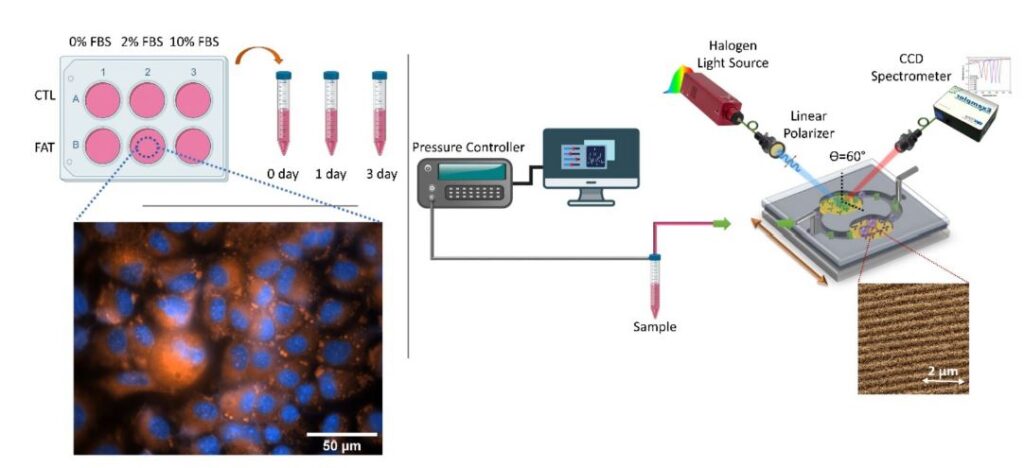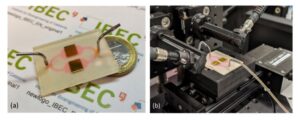BLOC is a European Project that brings together different academic and industrial partners to improve a new technology that integrates tissue engineering and magnetic resonance spectroscopy using dynamic nuclear polarisation (DNP-MR), to monitor diabetes and liver diseases.
Dr. Vicent is a biochemist with a strong background in the study of metabolism. The last years he dedicated his research to understand the impact of metabolic diseases on liver function, using animal and cellular models. His knowhow is crucial for BLOC project, where he validates and interprets the measurements of DNP-NMR with in vivo models of metabolic diseases. You can check here a short video, where he describes his role in BLOC project and shows some of the work he is carrying out at IDIBAPS, and an interview where he explains in more detail some aspects of his professional profile and other topics related to the project.
1) Can you describe yourself in a couple of lines?
I am a biochemist originally from Ibiza in Balearic Islands. During my career I have been interested in metabolism and how it affects our quality of life. First, I did my PhD at the Hospital Sant Pau in Barcelona on atherosclerosis. Then I performed a postdoc at the IRB Barcelona studying diabetes and I moved to the UCLA in California for four years, where I was studying the gender-specific differences in the metabolic syndrome. Afterwards, in the last eight years, I have been investigating on how metabolic diseases impact on liver function and how can drive cancer. For all these research studies I generated and used different models such as genetically engineered mice, cells or virus, and also with clinical data from human subjects.
2) What is your role/position within BLOC?
Given my experience in animal and cellular models for metabolic disease my role as a postdoctoral scientist is to obtain and describe in vivo models of metabolic diseases to check and validate if the measurements of DNP-NMR can detect these metabolic disturbances and how to interpret these results for the evaluation of the disease and its treatments.
3) Could you tell us a little bit about the concrete work you are involved in inside BLOC project? What are you currently working on/which experiments are you carrying out?
Right now I’m mainly involved in two different lines of research. First, there is a line working on in vivo experiments where I am evaluating type two diabetes, obesity and fatty liver disease mouse models for their use in the DNP-NMR to detect meaningful changes in the metabolism in live animals. Second, along with some of other scientists of the BLOC project, I’m working on setting up in advanced engineered in vitro models of these metabolic diseases in cultured cells to make them to be as similar to the original tissue and design them to fit into the system to use in the DNP-NMR analysis.
4) What are the expected results? What is the expected impact of the work you are doing? Why is this relevant for the project/for the goal of the project?
We need to have reliable and reproducible models to detect the changes in metabolism that are relevant in the metabolic disease and therefore validate the results that we obtain with the DNP-NMR. We expect to have a range of different animal models to check these metabolic fluxes and also different engineered in vitro cultured cells that are able to recapitulate these changes. These models will be very important both to validate this new technology but also to have reliable models for the study by DNP-NMR of human metabolic diseases.
5) How do you feel about being a part of this European Project? How is it to work with other partners around Europe?
I feel very excited to work in this multidisciplinary team because it broadens your point of view of the scientific challenges. I worked in academic, clinic and basic science projects before; however, I find this particular project very interesting because it combines biochemistry, biotechnology and engineering, so I’m learning a whole new vision. Working in this integrative environment brings new opportunities, new perspectives and revolutionary solutions that would be impossible otherwise.
The other members of the BLOC Consortium are: IBEC, Oxford Instruments and Multiwave Technologies.
If you want to know more about the project and the other partners, check the BLOC project webpage.



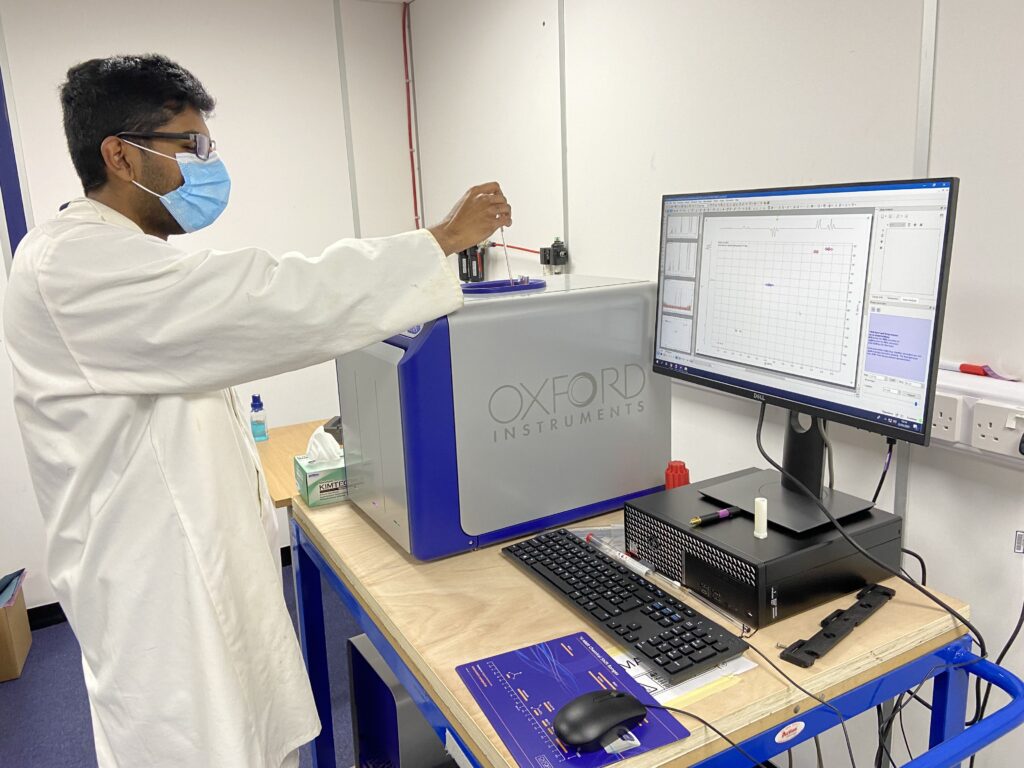
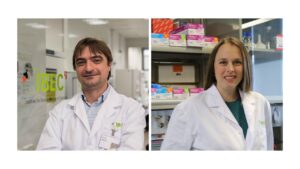

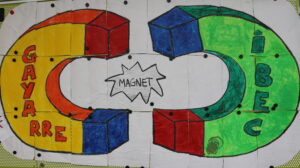 Both Irene and Alba are actively participating in the “Magnet” program with many activities, and this time they spent a relaxed moment talking with the students. They discussed about the research they are doing at BLoC project, to develop a novel way to study metabolic diseases as diabetes using tissue engineering and magnetic resonance technology. But it was a moment not only to talk about science, but also to talk about being a scientist, a female scientist! Students were very interested and motivated and for sure enjoyed this opportunity.
Both Irene and Alba are actively participating in the “Magnet” program with many activities, and this time they spent a relaxed moment talking with the students. They discussed about the research they are doing at BLoC project, to develop a novel way to study metabolic diseases as diabetes using tissue engineering and magnetic resonance technology. But it was a moment not only to talk about science, but also to talk about being a scientist, a female scientist! Students were very interested and motivated and for sure enjoyed this opportunity.




